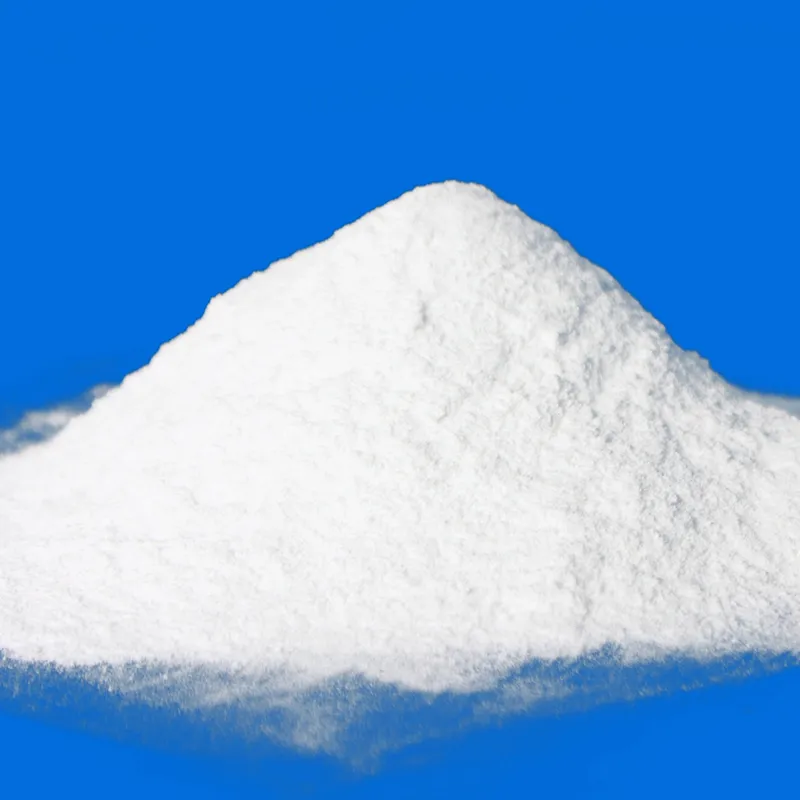
formic acid methanoic acid
Formic Acid A Comprehensive Overview
Formic acid, also known as methanoic acid, is one of the simplest carboxylic acids. Its chemical formula is HCOOH, which signifies that it is comprised of a single carbon atom, two oxygen atoms, and four hydrogen atoms. Its systematic name denotes its relationship to formic salts, known as formates, which have been historically derived from ants—hence the name formic, derived from the Latin word formica.
Historical Context
The history of formic acid dates back to the 17th century when it was first isolated from ant venom by the English chemist John Ray in 1671. Over the years, formic acid has been found not only in ant secretions but also in a variety of plant materials, particularly in stinging nettles and certain fruits. Its distinctive properties have made it a subject of interest for centuries, influencing both organic chemistry and various industrial applications.
Structure and Properties
As a carboxylic acid, formic acid features a functional group characteristic of this class—specifically, a carbon atom double-bonded to an oxygen atom (C=O) and single-bonded to a hydroxyl group (-OH). This structure grants formic acid its acidic properties, as it can donate a proton (H+) in solution.
Formic acid is a colorless, pungent liquid at room temperature, and it is highly soluble in water, alcohol, and ether. The acid has a boiling point of approximately 100.8 °C and a melting point of around 8.4 °C. Its low molecular weight contributes to its relatively high volatility and distinctive odor, resembling that of vinegar, though more pungent.
Applications
Formic acid has a wide range of applications across various sectors
1. Agriculture It is commonly used as a preservative and antibacterial agent in livestock feed. It helps in preserving silage and enhancing the nutritional value of animal feed. 2. Industrial Uses The chemical is a vital intermediate in the production of various chemicals, including dyes, leather production, and rubber. Additionally, formic acid is employed in the textile industry for dyeing and finishing processes.
formic acid methanoic acid

3. Laboratory Reagent Formic acid serves as a critical reagent in organic synthesis, particularly in the preparation of esters, amides, and other organic compounds. It plays a role in the formation of formate salts, which find their uses in numerous applications, including as food additives.
4. Energy Sector Recent advancements have explored the use of formic acid as a hydrogen carrier. It can be converted back into hydrogen gas through a process known as dehydrogenation, making it a potential player in the development of hydrogen fuel cells.
5. Pharmaceuticals The compound is also being investigated for its potential medicinal properties, including use as an anti-inflammatory and in treatments for certain conditions.
Safety and Handling
While formic acid is useful, it must be handled with care. As a corrosive substance, it can cause severe irritation to the skin, eyes, and respiratory system. Proper safety precautions, including the use of gloves, goggles, and adequate ventilation, are essential when working with this chemical. In case of contact, immediate medical attention should be sought, and the affected area should be thoroughly rinsed with water.
Environmental Impact
The environmental implications of formic acid usage are also noteworthy. It is biodegradable and does not accumulate significantly in the environment, which is a positive aspect of its profile. However, excessive use in agricultural applications can lead to runoff issues, affecting local ecosystems. Therefore, responsible application and regulation are imperative to mitigate potential ecological risks.
Conclusion
Formic acid, or methanoic acid, is a fundamental chemical with diverse applications spanning agriculture, industry, and potential energy solutions. Its unique properties and historical significance exemplify its importance in scientific and commercial realms. As research continues to unveil new applications and benefits, formic acid remains a pivotal compound worthy of attention in both academic and practical contexts.
-
Pure Sodium Dichloroisocyanurate Dihydrate | Powerful DisinfectantNewsAug.29,2025
-
Industrial Chemicals: Quality & Purity for Every IndustryNewsAug.28,2025
-
Nitrile Rubber Honoring Strict Production StandardsNewsAug.22,2025
-
Aspartame Ingredients Honoring Food Safety ValuesNewsAug.22,2025
-
Fertilizer for Balanced Plant NutritionNewsAug.22,2025
-
Cyanide Gold Processing with High Purity AdditivesNewsAug.22,2025
-
Formic Acid in Textile Dyeing ApplicationsNewsAug.22,2025
Hebei Tenger Chemical Technology Co., Ltd. focuses on the chemical industry and is committed to the export service of chemical raw materials.
-

view more DiethanolisopropanolamineIn the ever-growing field of chemical solutions, diethanolisopropanolamine (DEIPA) stands out as a versatile and important compound. Due to its unique chemical structure and properties, DEIPA is of interest to various industries including construction, personal care, and agriculture. -

view more TriisopropanolamineTriisopropanolamine (TIPA) alkanol amine substance, is a kind of alcohol amine compound with amino and alcohol hydroxyl, and because of its molecules contains both amino and hydroxyl. -

view more Tetramethyl Thiuram DisulfideTetramethyl thiuram disulfide, also known as TMTD, is a white to light-yellow powder with a distinct sulfur-like odor. It is soluble in organic solvents such as benzene, acetone, and ethyl acetate, making it highly versatile for use in different formulations. TMTD is known for its excellent vulcanization acceleration properties, which makes it a key ingredient in the production of rubber products. Additionally, it acts as an effective fungicide and bactericide, making it valuable in agricultural applications. Its high purity and stability ensure consistent performance, making it a preferred choice for manufacturers across various industries.





